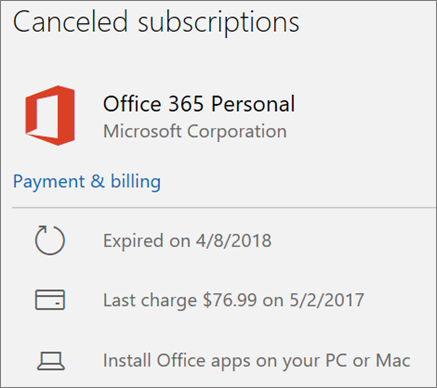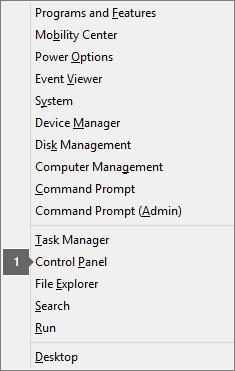
Excel for Microsoft 365 Word for Microsoft 365 Outlook for Microsoft 365 PowerPoint for Microsoft 365 Access for Microsoft 365 OneNote for Microsoft 365 Project Online Desktop Client Publisher for Microsoft 365 Visio Plan 2 Excel 2021 Word 2021 Outlook 2021 PowerPoint 2021 Access 2021 Project Professional 2021 Project Standard 2021 Publisher 2021 Visio Professional 2021 Visio Standard 2021 Office 2021 OneNote 2021 Excel 2019 Word 2019 Outlook 2019 PowerPoint 2019 Access 2019 Project Professional 2019 Project Standard 2019 Publisher 2019 Visio Professional 2019 Visio Standard 2019 Office 2019 Excel 2016 Word 2016 Outlook 2016 PowerPoint 2016 Access 2016 OneNote 2016 Project Professional 2016 Project Standard 2016 Publisher 2016 Visio Professional 2016 Visio Standard 2016 Office 2016 Microsoft 365 for home Office for business Office 365 Small Business Microsoft 365 admin InfoPath 2013 More. Less
Guided support can provide digital solutions for Office problems
If Office activation fails, you'll see Unlicensed Product or Non-commercial use / Unlicensed Product in the title bar of your Office apps, and most features of Office are disabled. To restore all features of Office, you'll need to fix the problem that's causing activation to fail.
Step 1: Sign in to Office with the right account
If Office asks you to sign in, enter the account you used to buy Office. You'll see "We couldn't find any Office products" if you use the wrong address.
Step 2: Check for multiple copies of Office
You may not realize you have more than one copy installed. Having two installs can cause activation conflicts.
Step 3: Check your subscription status
If your subscription has expired, you'll see "We couldn't find any Office products." Renew your subscription to use Microsoft 365.
Step 4: Troubleshoot activation
If Office still won't activate, choose your Office version for additional troubleshooting help.
Note: If you're running Office on Windows 7 (which is no longer supported, see Windows 7 end of support and Office), you need to make sure that TLS 1.2 is enabled by default. See Update to enable TLS 1.1 and TLS 1.2 as default secure protocols in WinHTTP in Windows.
Please try signing in using all your personal email addresses in case you bought Office using a different email address. If you're at work or school, you may need to log in using your work or school account instead of your personal email account.
To check if your Microsoft account is associated with Office, sign in to Services & subscriptions. Your Office product or Microsoft 365 subscription should be listed there. If it's not, your email address won't work for signing in to Office.
Activation can fail if you have multiple copies of Office installed. Let's uninstall any versions of Office you aren't using before we continue to troubleshoot.

(lower-left corner), select Control Panel, and then select Programs and Features.
If you have a Microsoft 365 for home subscription, let's make sure it's still active and renew your subscription, if necessary.
If you don't have Microsoft 365, you can skip to Step 4: Troubleshoot Office activation.

Select your version of Office for troubleshooting steps:
The Microsoft Support and Recovery Assistant runs on Windows PCs and can help you identify and fix activation issues with Microsoft 365.
If Office still won't activate after you run the Microsoft Support and Recovery Assistant, you can Fix Unlicensed Product errors yourself.
If you've tried the earlier troubleshooting steps and Office is still unlicensed, you can troubleshoot activation failures yourself.
If these settings aren't correct, Office activation might fail. Follow the steps below for your operating system.
Windows 11 or Windows 10
Windows 8.1 or Windows 8
Tip: In Windows 7, you can synchronize your computer clock with an Internet time server to keep the computer clock up to date. To do this, select the date or time in the bottom right-hand corner of your screen, and then select Change date and time settings. Select the Internet Time tab, select Change settings, select Synchronize with an Internet time server, and then select Update now.
Running Office as administrator helps fix permission issues that might cause Office activation to fail. Follow the steps below for your operating system.
Windows 11 and Windows 10
The latest Office updates might contain fixes to activation issues. To learn how to update Office, see Install Office updates.
If you're using a firewall from another manufacturer, visit the manufacturer's website for information about how to temporarily disable the firewall. For Windows Firewall, please see below.
Windows 11 and Windows 10
Windows 8.1 and 7
For information about how to turn off your antivirus software, check your antivirus manufacturer's website. Uninstalling your antivirus software may also help. Don't forget to reinstall it after Office is finished installing and if you turned it off, be sure to turn it on again.
If you're not sure which antivirus software you have, use the following instructions to get to Control Panel to find the name of your antivirus software.
Tip: Windows 10 comes with default antivirus software, Windows Defender. If you determine that you're using it, select the Start button > Settings > Update & Security, and then select Windows Defender on the left. Slide the button to Off. Remember to turn it On again.
Select your operating system
If Windows can detect your antivirus software, it's listed under Virus protection.


(lower-left corner), and choosing Control Panel.
If Windows can detect your antivirus software, it's listed under Virus protection.

If Windows can detect your antivirus software, it's listed under Virus protection.
If you use your device both at home and at work, try turning off the proxy settings in Microsoft Edge or Internet Explorer before you install Microsoft 365. If you’re using a different browser, check their help to find out how to turn off proxy settings.
Microsoft Edge

Internet Explorer 7, 8, 9, 10, or 11
Note: There might be more proxy settings that you need to bypass. If this doesn't work, and you’re installing Office from work or school, check with your IT department for more information. For IT administrators, please see Microsoft 365 URLs and IP address ranges.
If you’ve tried everything in this article and still need help, you can contact Office support.
For more information on updating licenses.